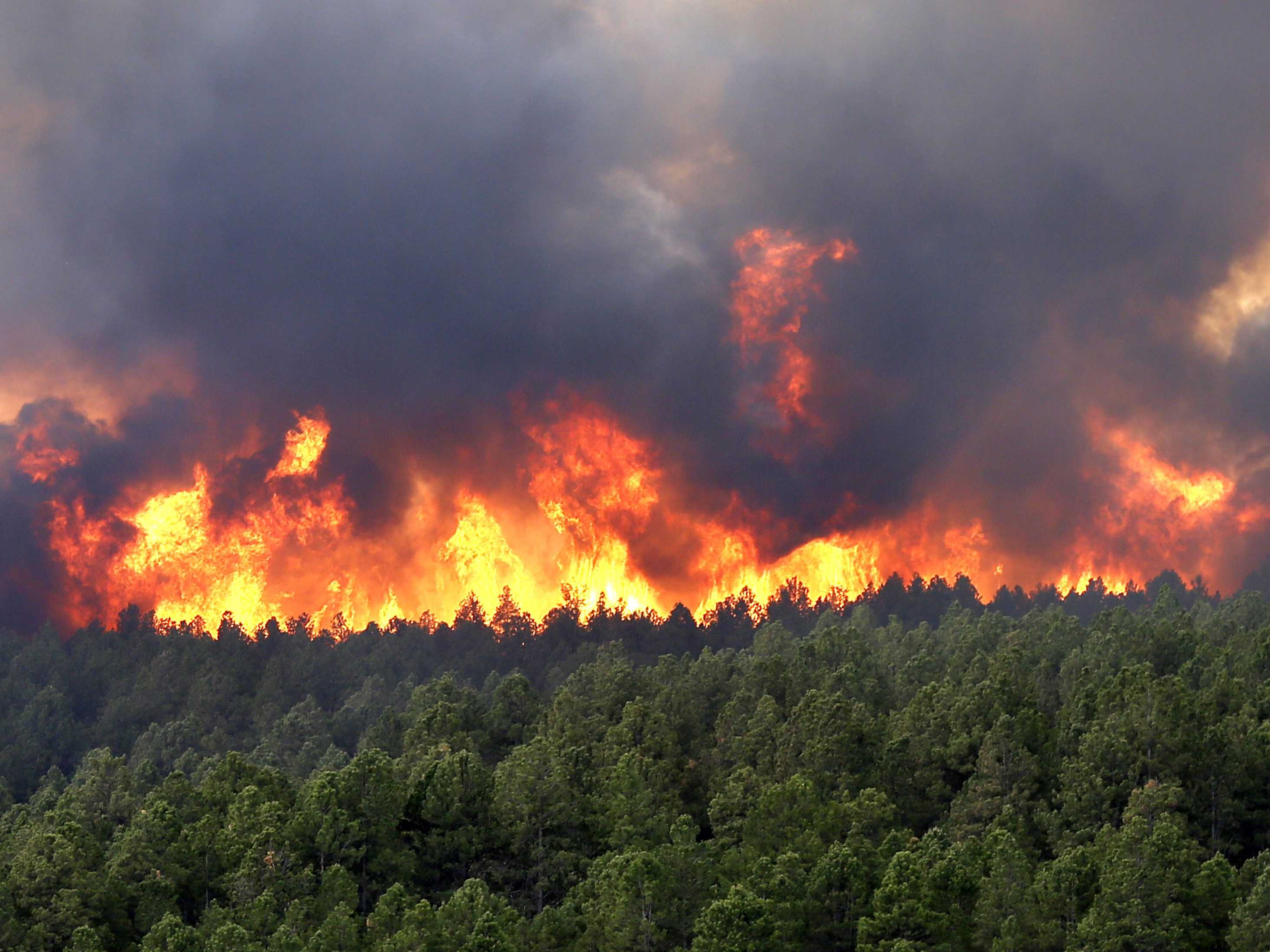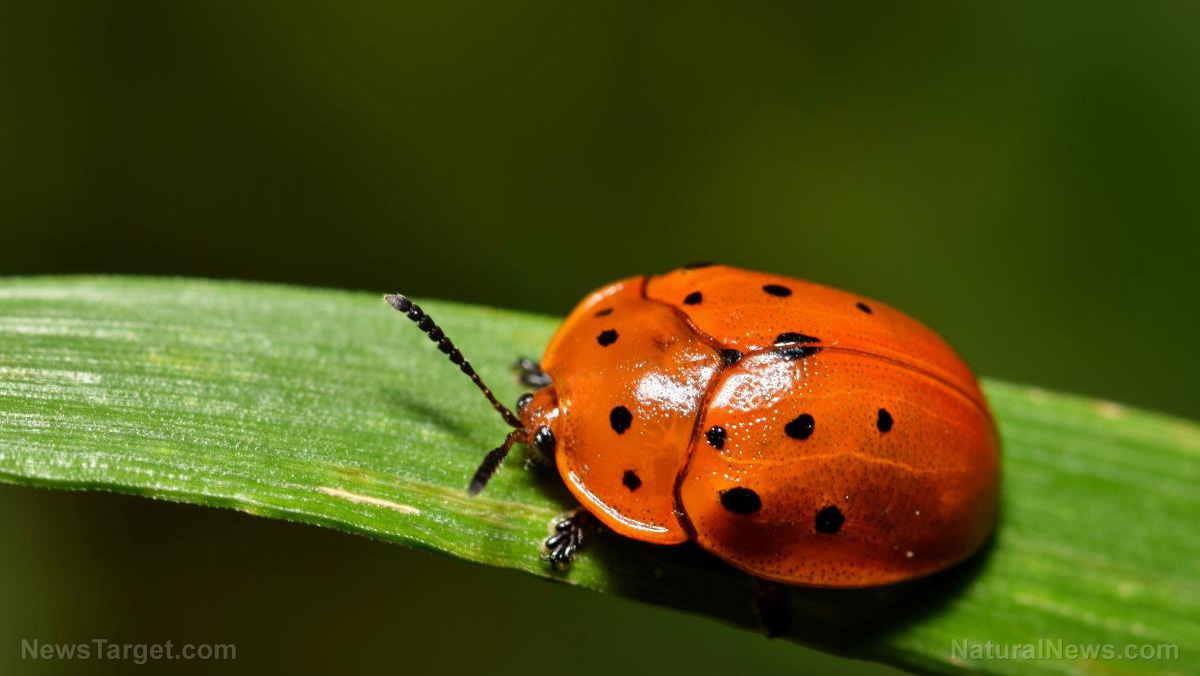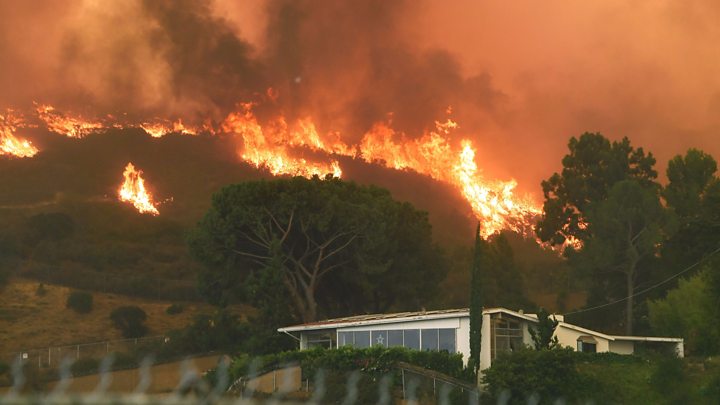An unspoken cooperation: Researchers find that Japanese trees nationwide synchronize their pollen release
08/27/2020 / By Divina Ramirez

Pollen can be a problem during the spring and summer months in some countries around the globe. In people suffering from allergic rhinitis, the presence of pollen can trigger uncontrollable sneezing, raise the pressure in their nose and cheeks and induce rashes.
In a recent breakthrough, a team of Japanese researchers used tree pollen data collected from 120 sites across Japan to determine annual patterns in the dispersal of allergenic pollen from select species of Japanese trees.
The researchers found that the trees had annual “on” and “off” phases of dispersing allergenic pollen. Their findings, published in the journal Scientific Reports, also indicated that trees in eastern regions demonstrated greater synchronization in their dispersal of pollen.
Japanese trees synchronize pollen release across different regions
Past studies on Japanese cedar or “sugi” (Cryptomeria japonica) and a prized Japanese timber tree called “hinoki” (Chamaecyparis obtusa), focused on their pollens’ biological characteristics and total annual count. Sugi and hinoki are some of the largest tree species in Japan that produce allergenic pollen.
But according to a pair of scientists from Tokyo University of Agriculture and Technology, almost all of the studies on either tree had been conducted using data from limited sites near each other.
To assess potential synchronizations in the pollen dispersal of sugi and hinoki across Japan, the scientists used data from the pollen observation system nicknamed “Hanako-san.” The Government of Japan’s Ministry of the Environment launched Hanako-san in 2003 to record the dispersal of pollen at 120 observation sites.
The pair also used an in-phase and out-of-phase approach in assessing the characteristic features of the synchronizations in pollen dispersal. Their assessment indicated remarkable patterns. For instance, the duo noted that sugi and hinoki go through alternating “on” and “off” phases of pollen dispersal. This occurs on an annual basis.
During the “on” phase, trees release abundant amounts of pollen and disperse smaller amounts during the “off” phase. The length of either phase differed depending on the region, but the phases sometimes occurred in-sync across certain regions.
For instance, the alternating on-and-off pattern in Hokkaido had been similar to those in Tohoku and Chubu from 2010–2014. Chubu is located in central Japan, and both Hokkaido and Tohoku can be found in the eastern portion of the island.
On the other hand, the alternating on-and-off pattern had been less apparent in regions located in western Japan, including Kansai, Chugoku, Shikoku and Kyushu. Furthermore, pollen dispersal in these regions did not appear to be as in-sync as that in the eastern regions.
Interestingly, the scientists observed perfect in-phase synchronization throughout all 120 sites from 2009 to 2010. However, there appeared to be no significant synchronization across the sites from 2015 to 2016.
Based on these findings, the scientists concluded that there is a clear intermittent or alternating synchronization pattern of pollen dispersal among sugi and hinoki populations in Japan beginning in 2003. (Related: Climate-based courting: Trees take note of climate when establishing symbiotic relationships.)
Predicting pollen abundance and spatial distribution for allergic individuals
The scientists noted that the research findings can be used to create accurate predictions and numerical forecasts of airborne allergenic pollen for the benefit of both healthcare professionals and allergic rhinitis patients.
Pollinosis, a form of allergic rhinitis, is most severe from February to May, the pollen dispersal season in Japan. Experts estimate that more than 20 million people in Japan develop pollinosis every year by inadvertently breathing sugi pollen.
Additionally, lead author Akira Ishibashi says that the exact mechanisms behind the regional differences in patterns of pollen dispersal remain unclear as more long-term data are needed.
That being said, he suspects that the regional differences might be related to factors specific to certain regions that are affecting the tree populations there.
Further research might help shed light on these factors and explain the mechanisms behind the patterns in allergenic pollen dispersal of sugi and hinoki throughout Japan.
Read more articles about trees and pollen dispersal at Ecology.news.
Sources include:
Tagged Under: allergies, Ecology, environment, future science, Plants, pollination, trees
RECENT NEWS & ARTICLES
COPYRIGHT © 2017 ENVIRON NEWS


















